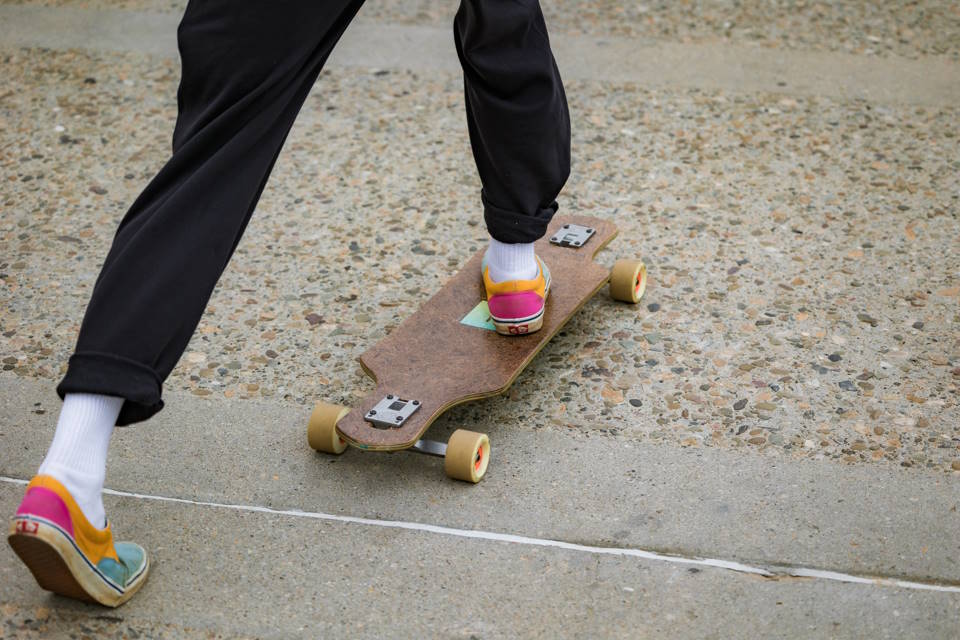Longboarding and skateboarding are both popular recreational activities that offer thrill and excitement to riders. However, many people wonder which one is easier to learn and master. The truth is, it really depends on your personal preference and skill level. We will explore the differences between longboarding and skateboarding and answer some commonly asked questions about these activities. Whether you are a beginner or an experienced rider, read on to find out more about longboarding and skateboarding.

Introduction
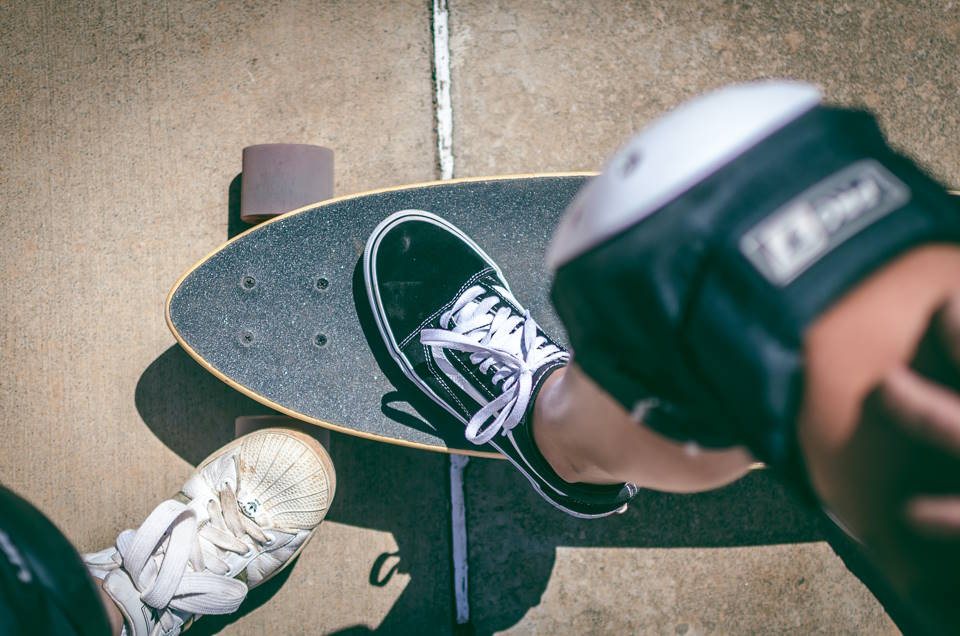
In the world of board sports, there are different types of boards that riders can use for different purposes. While skateboarding has been a popular sport for decades, longboarding has recently gained popularity. One of the questions that people often ask is whether longboarding is easier than skateboarding.
- Board size: One of the main differences between longboarding and skateboarding is board size. Longboards are typically longer and wider than skateboards, which makes them more stable and easier to balance on.
- Riding style: Another difference between the two is riding style. Skateboarding is mostly about performing tricks, such as ollies and kickflips, while longboarding is more about cruising and carving.
- Speed: Longboards are designed for speed and stability, which means they can reach higher speeds than skateboards. This can make longboarding more challenging for beginners who are not used to riding at high speeds.
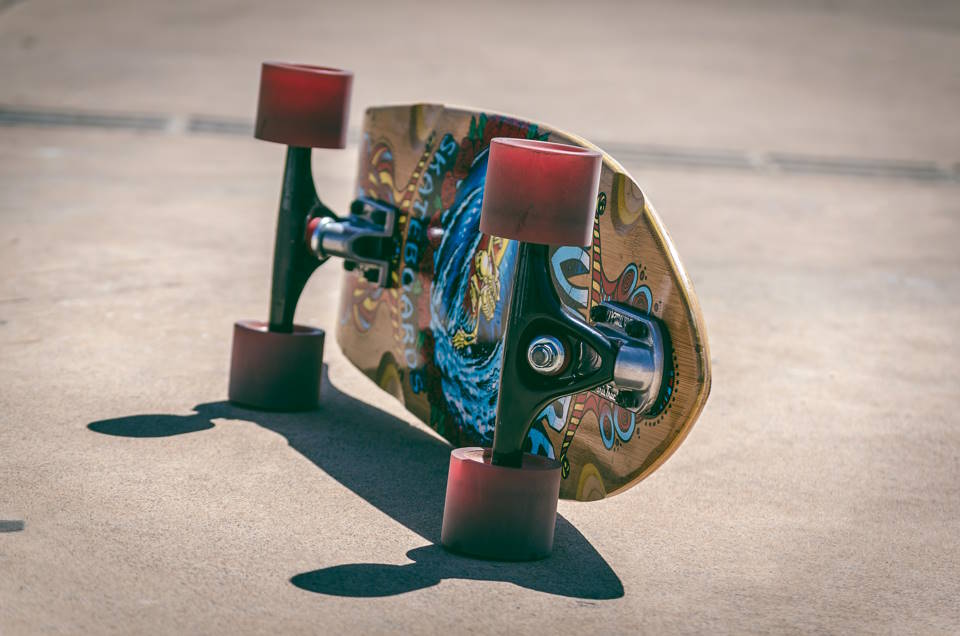
In terms of ease of use, longboarding can be easier for beginners because of its larger board size and relatively simple riding style. It is also easier to balance on a longboard, which makes it a good option for people who are not as confident on a skateboard. However, once you get past the basics, longboarding can become more challenging, especially if you want to ride at higher speeds or perform more advanced maneuvers.
In contrast, skateboarding can be harder to learn because of its smaller board size and trick-oriented riding style. Skateboarding requires more balance and coordination, and the learning curve can be steep for beginners. However, once you learn the basics, skateboarding can be more versatile and challenging, with endless possibilities for tricks and maneuvers.
| Longboarding | Skateboarding | |
|---|---|---|
| Board size | Longer and wider | Shorter and narrower |
| Riding style | Cruising and carving | Trick-oriented |
| Speed | Designed for speed and stability | Can be used for speed, but not as stable |
| Ease of use | Easier for beginners | Harder for beginners |
Is It Easy to Learn Longboarding?

Longboarding is an exciting and fun sport that has gained popularity over the years. For many people, skating on a longboard is not only a leisure activity, but also a mode of transportation. If you are new to the sport or thinking of trying it out, you may be wondering if it is easy to learn longboarding.
When compared to traditional skateboarding, longboarding may be considered easier to learn. This is because longboards are designed for stability, balance, and cruising. The decks are wider and longer than skateboards, providing a larger surface area for your feet to stand on. The wheels are also bigger and softer, making it easier to roll over rough surfaces and maintain balance while riding. Additionally, longboards have lower centers of gravity, which increases stability and control.
- Longboarding is easy to learn for people of all ages, whether you are a child or an adult.
- Longboarding is also ideal for beginners as it requires minimal skill to get started.
- Longboards can be used for transportation, leisure activities or extreme sports, depending on the riding style.
Should You Learn to Skateboard on a Longboard?
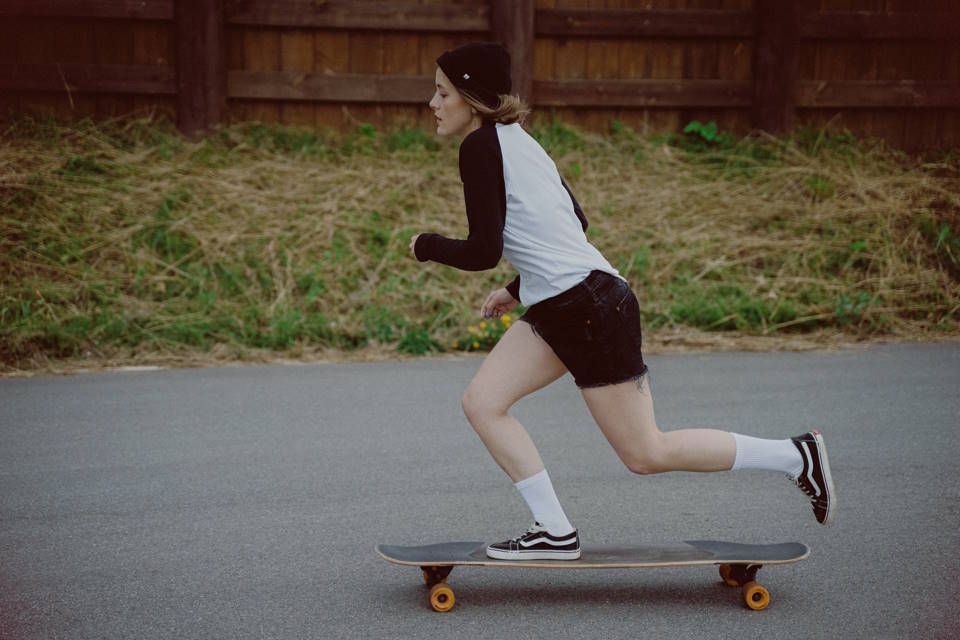
When it comes to learning how to skateboard, one of the first decisions you need to make is whether you want to start on a traditional skateboard or a longboard. While both types of boards have their own unique benefits, many beginners find that longboarding is an easier and more forgiving way to get started.
One of the biggest advantages of learning to skateboard on a longboard is that the larger size and softer wheels make it easier to balance and ride. Longboards are also designed for cruising and carving, which means they’re better for longer rides and less intense tricks. This makes them an ideal choice for anyone who wants to focus on getting comfortable on a board before moving on to more advanced maneuvers.
- Another advantage of learning on a longboard is the wider stance and lower center of gravity. This makes it easier to stay stable while riding and gives you more control over the board. Plus, longboards are often wider and more stable overall, making them easier to balance on and ride without wobbling.
- If you’re interested in using your skateboard for transportation or commuting, a longboard may be a better choice. The larger wheels and softer bushings make it smoother and more efficient for cruising longer distances, while the wider deck provides more room for your feet and gear.
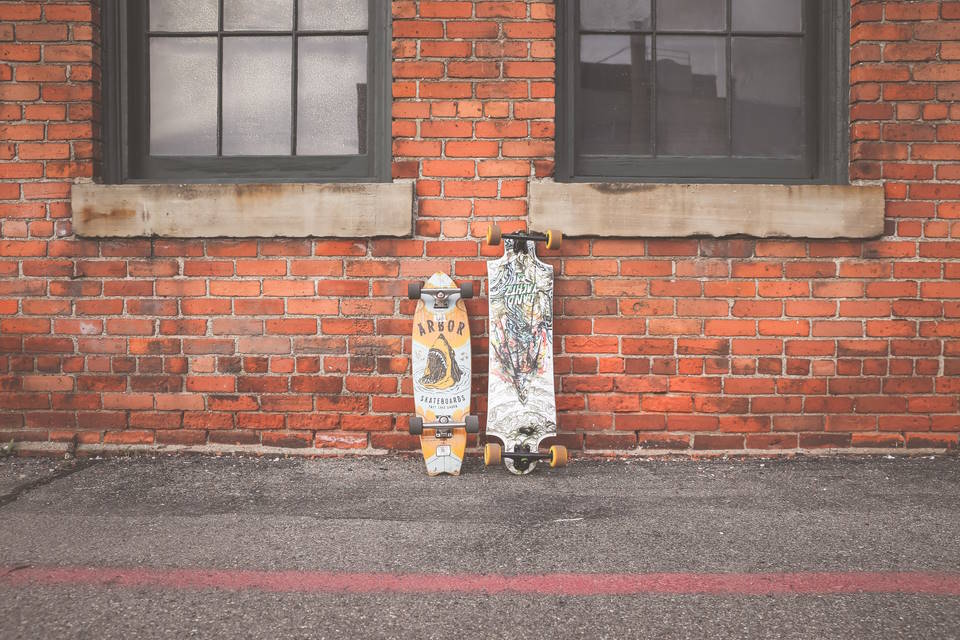
| Longboard Pros | Longboard Cons |
|---|---|
| – Easier to balance and ride | – Less maneuverable for tricks |
| – Better for cruising and carving | – Heavier and less portable |
| – Wider stance adds stability and control | – Not ideal for all types of skating |
Of course, there are some downsides to learning on a longboard as well. For example, longboards are often heavier and less portable than traditional skateboards, which can make them less convenient for some users. Additionally, if you’re interested in doing tricks or more technical skating, a longboard might not be the best choice.
Is It Harder to Ollie on a Longboard?
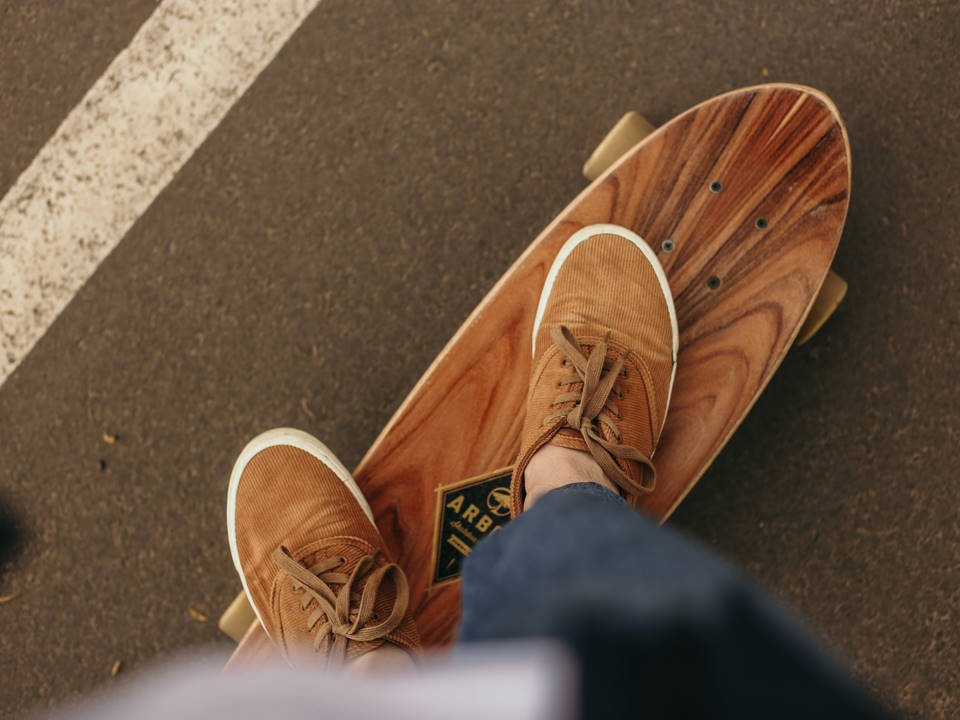
If you’ve been longboarding for a while or just starting to get into it, you might wonder if it’s harder to ollie on a longboard compared to a traditional skateboard. The truth is, ollieing on a longboard can be more challenging, but it ultimately depends on the type of longboard you’re riding and your skill level.
One of the most significant differences between longboards and traditional skateboards is their shape and size. Longboards are typically longer and wider, which can make it harder to pop the board up off the ground. Additionally, the wheels on a longboard are often larger and softer, lowering their responsiveness compared to the smaller wheels on a skateboard.
That said, longboards designed for freestyle riding or street-style longboarding might be easier to ollie on than a traditional skateboard. These longboards typically have smaller wheelbases, softer concaves, and are lighter in weight. While it might take some practice to get used to the new board’s feel, you might be able to learn how to ollie more quickly on a longboard if it’s designed for those tricks.

- Another essential consideration when it comes to ollieing on a longboard is your stance.
- Experienced skateboarders who transition to longboarding often have a harder time learning how to ollie because they’re used to a different stance.
- When practicing the ollie, it’s critical to adjust your stance and work on shifting your weight to the back foot while shoving the nose down with the front foot.
- Eventually, you’ll learn how to control the pop and timing necessary to ollie on a longboard or skateboard.
| Pros | Cons |
|---|---|
| Easier ollieing on specific types of longboards. | Longboards might be wider and heavier, making it harder to perform an ollie. |
| Longboards designed for street-style longboarding may be easier overall. | Longboards’ larger wheels make them less responsive, requiring more effort to pop and control. |
| Stance adjustment can help improve ollieing on longboards. | Transitioning from a skateboard to a longboard might require an adjustment to your stance. |
Am I Too Old to Start Longboarding?

Many people dream of learning how to longboard, but some feel that they are too old to start. The truth is, no one is ever too old to start longboarding. It’s a sport that can be enjoyed by people of all ages and skill levels. Don’t let age hold you back from trying something new and exciting.
Longboarding is not just for the younger crowd. In fact, some people don’t even start longboarding until they are nearing their 50s or older. As long as you are physically capable of balancing on a board and have the proper equipment, you can start longboarding at any age. There are even professional longboarders who are in their 40s and 50s!
When starting out, it’s important to take it slow and learn the basics. Don’t push yourself too hard or try to learn complex tricks right away. Start by practicing your balance, turns, and carving. Wear protective gear such as a helmet and pads to keep yourself safe. And most importantly, have fun!
- Wear a helmet and protective gear to keep yourself safe
- Start by practicing your balance, turns, and carving
- Don’t push yourself too hard or try to learn complex tricks right away

Longboarding is a great way to stay active and enjoy the outdoors. It’s also a great way to meet new people and be a part of a community. Don’t let age hold you back from experiencing all that longboarding has to offer. With the right mindset and equipment, anyone can start longboarding at any age.
| Pros | Cons |
|---|---|
| Great way to stay active and enjoy the outdoors | May require more protective gear than other activities |
| You can meet new people and be a part of a community | May take longer to learn certain skills |
| Can be enjoyed by people of all ages and skill levels | May be more physically challenging for some individuals |
What Is the Most Common Injury in Longboarding?

Longboarding is an exciting and adventurous sport that requires skill, balance, and a good sense of direction. As much as it brings endless fun, it also exposes riders to various injuries. One may be wondering, what is the most common injury in longboarding? Well, in this article, we’ll discuss the most prevalent injuries in longboarding and how to prevent them.
Firstly, the most common injury in longboarding is road rash. Road rash occurs when a rider falls off their board and slides on the ground, which results in skin abrasions. It can range from mild to severe, depending on the rider’s speed and the surface they fall on. To prevent road rash injuries, riders should always wear protective gear such as helmets, knee pads, elbow pads, and gloves. Additionally, riders should choose appropriate clothing for longboarding that will not rip off easily during falls.

The second most common injury that riders face in longboarding is ankle sprains. Ankle sprains occur when a rider’s foot twists unnaturally, leading to stretching or tearing of the ligaments. This happens when a rider loses balance and tries to put their foot down to stop themselves from falling. To prevent ankle sprains, riders should always wear shoes that provide good ankle support and avoid overusing an already sprained ankle. Riders should also learn how to fall correctly to minimize the risk of injuring their ankles.
Lastly, head injuries are another common injury in longboarding. Head injuries can occur from falling off the board and hitting the head on a hard surface. These injuries range from mild concussions to more severe traumatic brain injuries. To prevent head injuries, riders should always wear helmets that fit appropriately and comply with safety standards. Additionally, riders should avoid riding under the influence of drugs or alcohol as it impairs their judgment and makes them more prone to accidents.
| Tips to prevent injuries in longboarding: |
|
Where Is Longboarding Most Popular?

Longboarding is a popular activity for people all over the world. But, where is it most popular?
- California, USA – Longboarding originated in California, so it’s no surprise that it’s still very popular there. With its rolling hills and perfect weather, California offers the ideal conditions for longboarding. Many longboard companies are also based in California, making it a hub for the industry.
- British Columbia, Canada – Canada is also a popular spot for longboarding, especially in British Columbia. Vancouver, specifically, is known for its longboarding community and has several popular longboarding spots like the Stanley Park Seawall.
- Australia – Australia is also a top destination for longboarding enthusiasts. With its beautiful coastlines and abundance of hills, it offers some of the best longboarding opportunities in the world.

Longboarding has also gained popularity in Europe, particularly in countries like Spain, France, and Germany. In Asia, Japan and South Korea have seen an increase in longboarding culture over the years.
| Region | Reasons Why |
|---|---|
| California, USA | Origin of longboarding, ideal weather and terrain, and home to many longboard companies |
| British Columbia, Canada | Popular longboarding spots like the Stanley Park Seawall and a thriving longboarding community |
| Australia | Plenty of hills and coastline, offering some of the best longboarding opportunities in the world |
| Europe (Spain, France, Germany) | Increasing popularity in longboarding culture |
| Asia (Japan, South Korea) | Growing interest in the sport |
Wherever you are in the world, there’s a good chance that you’ll be able to find others who share your passion for longboarding. The sport continues to grow globally and with more people getting into it, the community is bound to grow even more.

